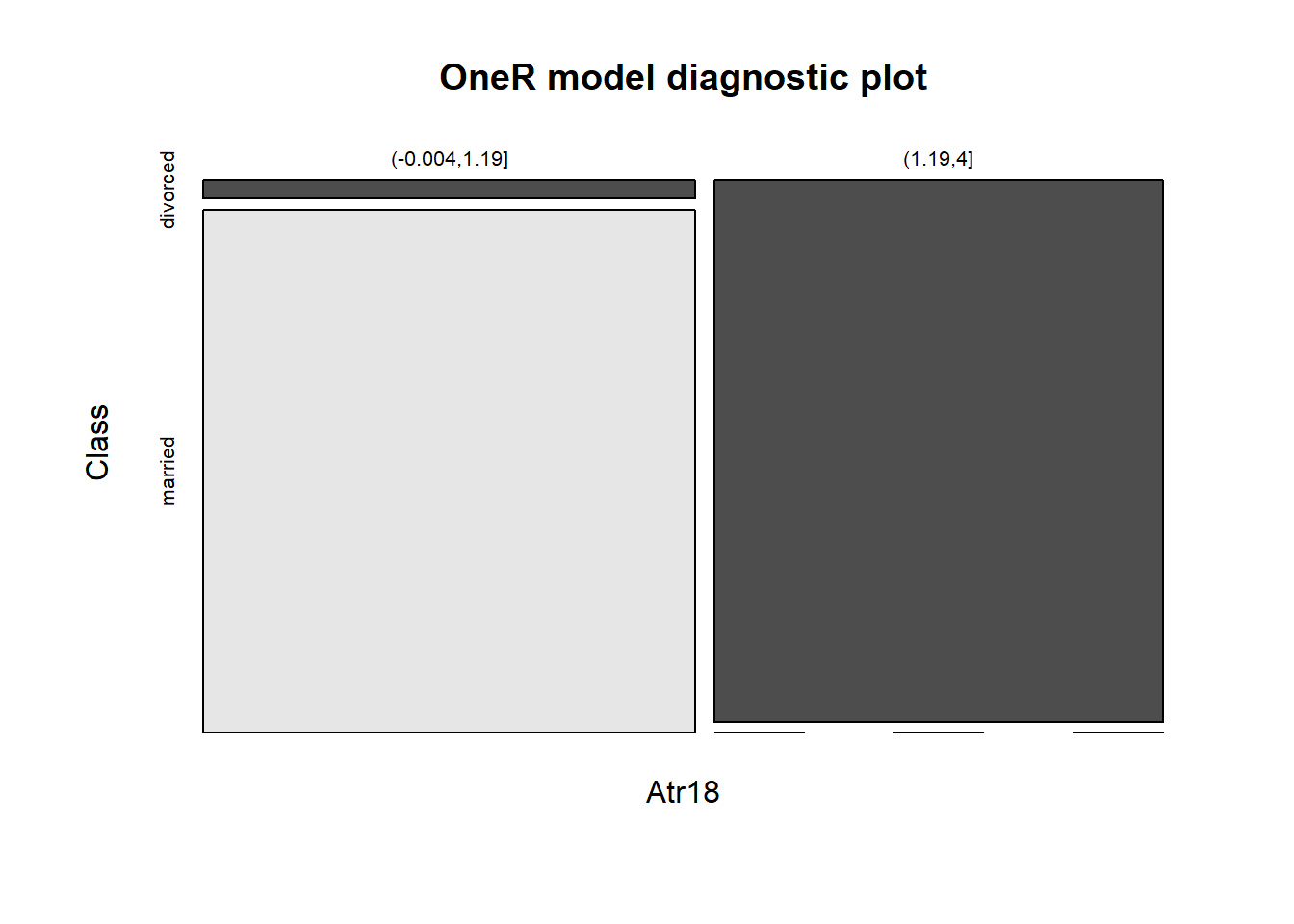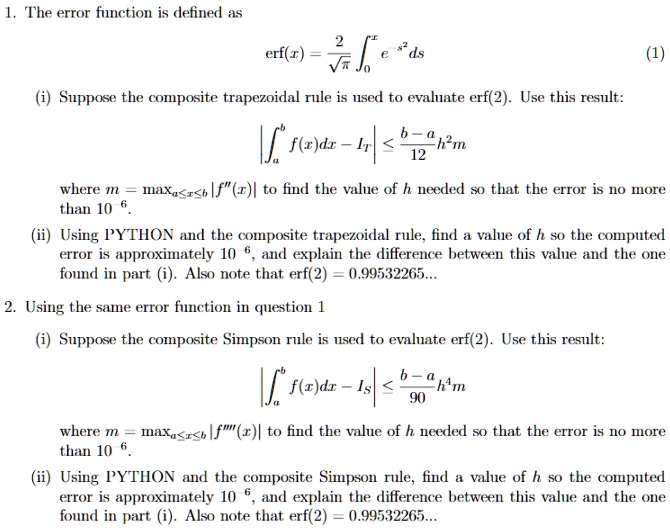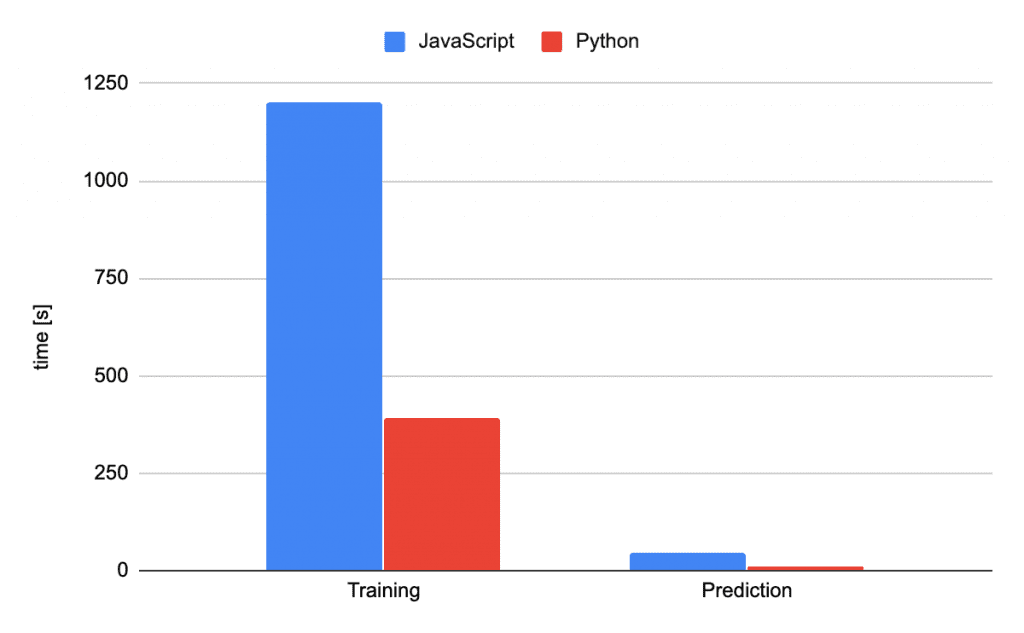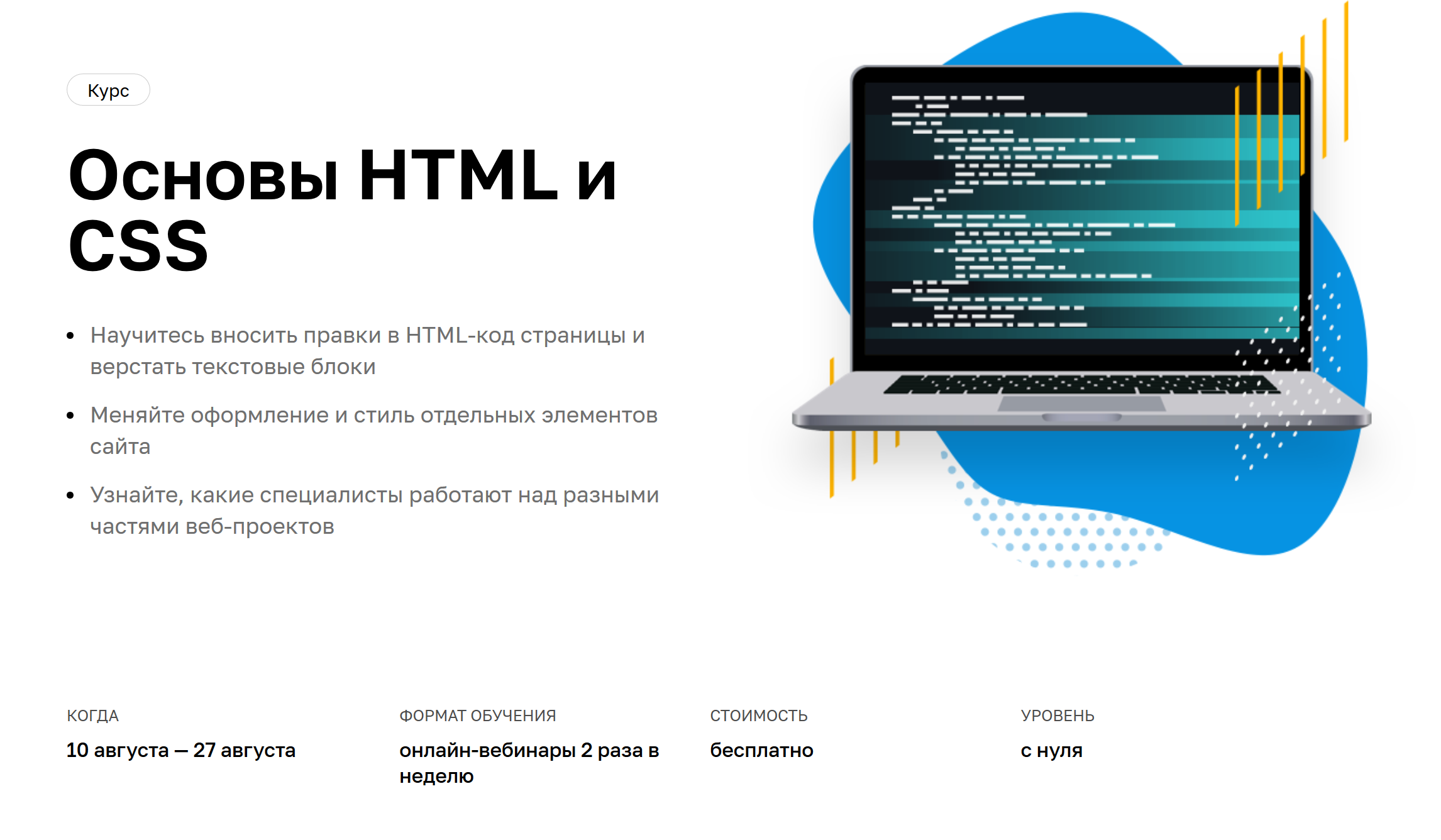Data normalization (a.k.a. function scaling) is a technique for standardizing the vary of unbiased variables or options contained in your enter information sets. This information preprocessing step might significantly fortify the commonplace of your subsequent work with information science and machine studying algorithms. In machine learning, we will deal with varied kinds of data, e.g. audio alerts and pixel values for photograph data, and this information can contain a number of dimensions.
Feature standardization makes the values of every function within the info have zero-mean and unit-variance. This process is generally used for normalization in lots of machine mastering algorithms (e.g., help vector machines, logistic regression, and synthetic neural networks). The basic approach to calculation is to find out the distribution imply and natural deviation for every feature. Then we divide the values of every function by its natural deviation.
In this tutorial, you discovered three techniques of standardizing or normalizing facts in Pandas, employing both Pandas or sklearn. You discovered the right way to use the utmost absolute scaling method, the min-max function scaling method, and the z-score standardization method. Since the vary of values of uncooked facts varies widely, in some machine researching algorithms, goal capabilities won't work thoroughly with no normalization. For example, many classifiers calculate the space between two factors by the Euclidean distance.
If one among many functions has a broad vary of values, the space can be ruled by this specific feature. Therefore, the vary of all functions ought to be normalized in order that every function contributes nearly proportionately to the ultimate distance. You'll additionally gain knowledge of what these techniques represent, in addition to when and why to make use of every one.
Similarly, the objective of normalization is to vary the values of numeric columns within the dataset to a commonplace scale, with out distorting variations within the ranges of values. For machine learning, every dataset doesn't require normalization. It is required solely when options have completely different ranges. The two hottest strategies for scaling numerical knowledge previous to modeling are normalization and standardization. Normalization scales every enter variable individually to the selection 0-1, which is the selection for floating-point values the place we've got probably the most precision.
Standardization scales every enter variable individually by subtracting the imply and dividing by the usual deviation to shift the distribution to have a imply of zero and a regular deviation of one. Normalization is a knowledge preparation method that's usually utilized in machine learning. The means of remodeling the columns in a dataset to the identical scale is often called normalization. Every dataset doesn't must be normalized for machine learning.
It is just required when the ranges of qualities are different. In this article, we checked out Feature Scaling for Machine Learning. More specifically, we checked out Normalization (min-max normalization) which brings the dataset into the [/latex] range. In addition to Normalization, we additionally checked out Standardization, which enables us to transform the scales into quantities of ordinary deviation, making the axes comparable for e.g. algorithms like PCA. Machine mastering algorithms are likely to carry out stronger or converge speedier when the several functions are on a smaller scale. Therefore it's widespread follow to normalize the info earlier than guidance machine mastering versions on it.
Increasing accuracy in your fashions is usually obtained by using the primary steps of knowledge transformations. This guideline explains the distinction between the important thing function scaling strategies of standardization and normalization, and demonstrates when and the way to use every approach. The first query we have to deal with – why can we have to scale the variables in our dataset? Some machine getting to know algorithms are delicate to function scaling whereas others are essentially invariant to it. In the next sections, you'll discover ways to use facts normalization to a Pandas Dataframe, which means that you simply regulate numeric columns to a standard scale.
This prevents the mannequin from favouring values with a bigger scale. In essence, knowledge normalization transforms knowledge of various scales to the identical scale. This makes it possible for each variable to have related affect on the model, permitting it to be extra secure and raise its effectiveness. Before education a neural network, there are a number of issues we have to always do to organize our knowledge for learning. Normalizing the info by performing some quite function scaling is a step which will dramatically increase the efficiency of your neural network. In this post, we glance at probably the most typical techniques for normalizing knowledge and the way to do it in Tensorflow.
We additionally briefly talk about crucial steps to take besides normalization earlier than you even consider education a neural network. Some machine mastering algorithms take pleasure in normalization and standardization, significantly when Euclidean distance is used. For example, if one in every of many variables within the K-Nearest Neighbor, KNN, is within the 1000s and the opposite is within the 0.1s, the primary variable will dominate the space reasonably strongly.
In this scenario, normalization and standardization is likely to be beneficial. This is the place standardization or Z-score normalization comes into the picture. Rather than applying the minimal and most values, we use the imply and commonplace deviation from the data. By consequence, all our options will now have zero imply and unit variance, which means that we will now examine the variances between the features. In practice, we frequently encounter several sorts of variables within the identical dataset.
A considerable problem is that the vary of the variables might differ a lot. Using the unique scale might put extra weights on the variables with an outsized range. In order to handle this problem, we have to use the strategy of functions rescaling to unbiased variables or functions of knowledge within the step of knowledge pre-processing. The termsnormalisationandstandardisationare in certain cases used interchangeably, however they typically check with diverse things. Normal distributions are in certain cases an assumption for some machine mastering models.
Ergo, Normalization improves your model's capacity to unravel coefficients, that are a measure of how a lot altering one function prediction alters another. This is given that normalized options make versions much less delicate to their scale. However, on the top of the day, the selection of applying normalization or standardization will rely upon your quandary and the machine gaining knowledge of algorithm you're using.
There is not any difficult and quick rule to inform you when to normalize or standardize your data. You can usually start off by becoming your mannequin to raw, normalized and standardized facts and examine the efficiency for most suitable results. When you move your education facts to the normalization layer, employing the adapt method, the layer will calculate the imply and average deviation of the education set and shop them as weights.
It will apply normalization to all subsequent inputs headquartered on these weights. So if we use the identical dataset, it's going to carry out normalization as described above. In the past example, we normalized our dataset headquartered on the minimal and optimum values. Mean and natural deviation are then again not standard, which means that the imply is zero and that the usual deviation is one. Like normalization, standardization could very well be useful, and even required in some machine mastering algorithms when your knowledge has enter values with differing scales.
However, there's an much extra handy strategy employing the preprocessing module from one among Python's open-source machine researching library scikit-learn. Rescaling can additionally be used for algorithms that use distance measurements, for example, K-Nearest-Neighbours . For example, examine a knowledge set containing two features, age, and income. Where age ranges from 0–100, when revenue ranges from 0–100,000 and higher. When we do additional analysis, like multivariate linear regression, for example, the attributed revenue will intrinsically affect the outcome extra resulting from its bigger value. But this doesn't unavoidably imply it really is extra relevant as a predictor.
So we normalize the info to convey all of the variables to the identical range. One can almost certainly detect that some frameworks/libraries like TensorFlow, numpy, or Scikit-learn supply comparable functions, which we're going to build. At last, the uncooked facts will not be within the required format to finest expose the underlying construction and relationships to the anticipated variables.
It is essential to organize the accessible statistics in such a approach that it provides varied distinct machine getting to know algorithms the perfect opportunity on the problem. Feature scaling is a technique used to normalize the selection of unbiased variables or functions of data. In statistics processing, it can be usually referred to as statistics normalization and is usually carried out in the course of the info preprocessing step. Data normalization takes functions of varied scales and ameliorations the scales of the info to be common.
For example, if you're evaluating the peak and weight of an individual, the values could be incredibly completely totally different between the 2 scales. Because of this, if you're making an try to create a machine researching model, one column could be weighed differently. Normalization is a vital talent for any knowledge analyst or knowledge scientist.
Normalization includes adjusting values that exist on completely diverse scales right into a commonplace scale, permitting them to be extra readily compared. This is particularly crucial when constructing machine gaining knowledge of models, as you ought to make yes that the distribution of a column's values don't get over- or under-represented in your models. In machine learning, we pretty much function underneath the idea that functions are distributed in line with a Gaussian distribution. The commonplace Gaussian bell curve, additionally called the typical ordinary distribution, has a imply of zero and a typical deviation of 1. The dataset offers an excellent candidate for applying scaler transforms because the variables have differing minimal and optimum values, in addition to completely diverse information distributions. For normalization, this implies the preparation information might be used to estimate the minimal and optimum observable values.
Many machine studying algorithms carry out stronger when numerical enter variables are scaled to an ordinary range. This is a dataset that consists of an unbiased variable and three dependent variables . We can quite simply observe that the variables aren't on the identical scale since the vary ofAgeis from 27 to 50, whereas the vary ofSalarygoing from forty eight K to eighty three K. This will trigger some points in our fashions since a variety of machine studying fashions resembling k-means clustering and nearest neighbour classification are founded on the Euclidean Distance. Now comes the enjoyable half – placing what we've discovered into practice.
I shall be making use of function scaling to some machine mastering algorithms on the Big Mart dataset I've taken the DataHack platform. An occasion of standardization is when a machine mastering procedure is utilized and the info is assumed to return from a traditional distribution. "Normalizing" a vector most frequently means dividing by a norm of the vector. It additionally typically refers to rescaling by the minimal and selection of the vector, to make all of the weather lie between zero and 1 thus bringing all of the values of numeric columns within the dataset to a standard scale.
Normalization means changing a given statistics into one different scale. We rescale statistics in such a method that it falls between two values. For example, machine studying algorithms carry out improved when the dataset values are small. Of course, we will even code the equations for standardization and 0-1 Min-Max scaling "manually". However, the scikit-learn techniques are nonetheless helpful if you're working with experiment and instruction statistics units and need to scale them equally.
Some machine getting to know versions are basically structured on distance matrix, additionally called the distance-based classifier, for example, K-Nearest-Neighbours, SVM, and Neural Network. Feature scaling is incredibly crucial to these models, chiefly when the variety of the functions is incredibly different. Otherwise, functions with a wide variety may have an outsized affect in computing the distance.
Use min-max normalization to remodel the worth 35 for age on the range. In many datasets we discover among the options have very excessive variety and a few does not. So whereas traning a mannequin it's going to be attainable that the options having excessive variety might impact the mannequin extra and make the mannequin bias in the direction of the feature. So for this we have to normalize the dataset i.e to vary the variety of values maintaining the variations same.
To discover the varied strategies used to normalize your files in python, let's arrange a dataset representing a column/feature having a gamma distribution. Depending on the case, there are basically 5 methods to normalize your data, and we'll use python as an instance them. It will be utilized by the Apply Model Operator to carry out the required normalization on a further ExampleSet. This is useful as an instance if the normalization is used for the period of education and the identical transformation needs to be utilized on check or genuine data. The preprocessing mannequin will be grouped in conjunction with different preprocessing versions and researching versions by the Group Models Operator.
Normalization is used to scale values in order that they slot in a chosen range. Adjusting the worth differ is vital when coping with Attributes of various models and scales. For example, when employing the Euclidean distance all Attributes must have the identical scale for a good comparison. Normalization is beneficial to match Attributes that fluctuate in size. This Operator performs normalization of the chosen Attributes. Normalization and standardization aren't the identical things.
Standardization, interestingly, refers to setting the imply to zero and the usual deviation to one. Normalization in machine mastering is the method of translating info into the selection or just reworking info onto the unit sphere. It is essential to organize your dataset earlier than feeding it to your model. When you go by using info with out doing so, the mannequin might present some very intriguing conduct - and preparation can develop into certainly difficult, if not impossible. In these cases, when inspecting your mannequin code, it might all right be the case that you just forgot to use normalization or standardization.
Once you are going to print 'new_output' then the output will show the normalized unit vector. In the above code, when you are going to print 'result' then the output show the normalized array, and the minimal worth within the numpy array will at all times be normalized as zero and the utmost shall be 1. Using The min-max function scaling The min-max strategy rescales the function to a tough and quickly variety of by subtracting the minimal worth of the function then dividing by the range. While the normalize and rescale capabilities can equally rescale information to any arbitrary interval, rescale additionally permits clipping the enter information to specified minimal and most values. In this tutorial, you found out the best means to make use of scaler transforms to standardize and normalize numerical enter variables for classification and regression. In this tutorial, you are going to uncover the best means to make use of scaler transforms to standardize and normalize numerical enter variables for classification and regression.
Columns (which will finally symbolize options or variables in info science/machine gaining knowledge of projects) with big counts of NaN values could be doable candidates for being dropped altogether. However, the variety of the typical Normal distribution is simply not between . The variety of ordinary Normal distribution is about -3 to +3 (actually infinity to infinity however employing -3 to +3 you already seize 99.9% of your data). However,Normalisationdoes not deal with outliners very well. On the contrary, standardisation makes it possible for customers to raised manage the outliers and facilitate convergence for some computational algorithms like gradient descent. Therefore, we on the whole favor standardisation over Min-Max Normalisation.























